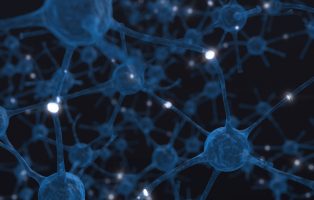Neural Routes of Emotional Contagion without Awareness
Research Question
How does our brain recognize emotions without awareness? How can we synchronize our expressions and feelings with those of others even when we do not consciously perceive them? Which neural mechanism underlie these processes and what happens when a brain damage alters the normal functioning of our brain, but also opens up the opportunity for plasticity and neural reorganization?
Project Description
Emotional contagion refers to the spontaneous tendency to automatically synchronize our expressions with those seen in another person and, consequently, to converge emotionally. This phenomenon takes place also when the expression is not consciously perceived because displayed to the blind visual field of patients with damage to the visual part of the brain. The project investigates whether emotional contagion occurs only for ‘basic’ or primitive emotions, such as fear and happiness, or if it takes place also when we are exposed to more complex social expressions, such as guilt, arrogance or shame. The project examines the neural mechanisms underling emotional contagion and awareness, as well as its breakdown when damage to the brain occurs
Selected Publications
Tamietto, M., Cauda, F., Celeghin, A., Diano, M., Costa, T., Cossa, FM., Sacco, K., Geminiani, GC., Duca, S. & de Gelder, B. (2015). Once you feel it, you see it: Insula and sensory-motor contribution to visual awareness for fearful bodies in parietal neglect. Cortex, 62, 56-72
Burra, N., Hervais-Adelman, A., Kerzel, D., Tamietto, M., de Gelder, B., & Pegna, A. (2013). Amygdala activation for eye-contact despite complete cortical blindness. The Journal of Neuroscience, 33(25), 10483-10489
Tamietto, M., Morrone, M.C. (2016). Visual Plasticity: Blindsight Bridges Anatomy and Function in the Visual System. Current Biology, 26(2), R70-3


